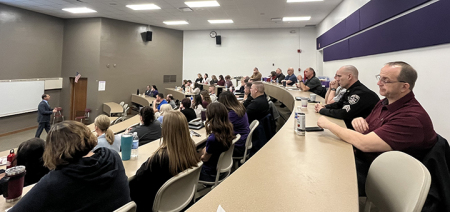What's New, And What's Ahead, After North Korea's ICBM Test
Published:
November 29th, 2017
TOKYO (AP) — Experts may debate trajectories, payload weights and re-entry shields, but North Korea's claim that the entire United States is within range of its rapidly improving missiles just got a lot more credible.
Wednesday's launch of what the North called the Hwasong-15 intercontinental ballistic missile demonstrated a greater range than other missiles it's tested and showcased several capabilities the North must master if it were ever to actually try to unleash them at the United States.
Here is a quick look at the advancements made, the developments still to come, and the implications for the United States and its Asian allies:
———
THE MISSILE ITSELF
According to North Korea's announcements about the launch, the Hwasong-15 can be tipped with a "super-large heavy warhead" and is capable of striking anywhere in the U.S. mainland. The North claims it reached an altitude of 4,475 kilometers (2,780 miles) and flew 950 kilometers (600 miles) from its launch site just outside of Pyongyang. It was airborne for 53 minutes before splashing down in the Sea of Japan.
The launch data jibe with what foreign experts observed. U.S. scientist David Wright, a physicist who closely tracks North Korea's missile and nuclear programs, estimates the Hwasong-15 has an estimated range of more than 13,000 kilometers (8,100 miles) if flown on a standard trajectory — putting it within reach of Washington, D.C.
The Evening Sun
Continue reading your article with a Premium Evesun Membership
View Membership Options
Comments




